Optimal Timing for Mold Assessments
Mold assessments are most effective when conducted during periods of high humidity or after water-related incidents. Moist environments promote mold growth, making timely evaluations crucial for early detection and remediation. Seasonal changes, such as increased rainfall or humidity, can also influence the optimal timing for assessments.
Conduct assessments during humid months to identify hidden mold growth caused by elevated moisture levels.
Immediately after water leaks or flooding, assessments help determine the extent of mold development.
Assessments during seasonal transitions can detect mold issues that develop due to changing weather patterns.
Perform assessments prior to buying or selling a property to ensure mold issues are identified early.
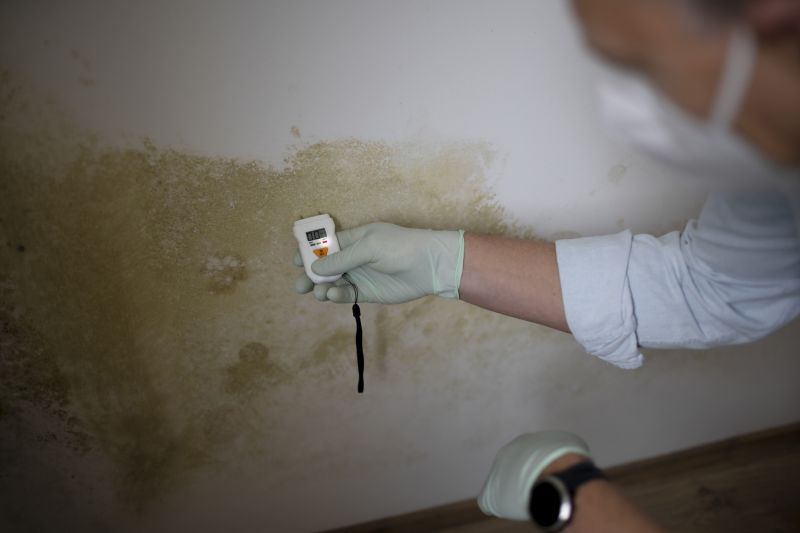
Technicians inspect areas prone to moisture accumulation.
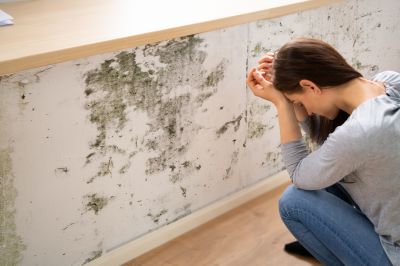
Identifying hidden mold behind walls or under flooring.
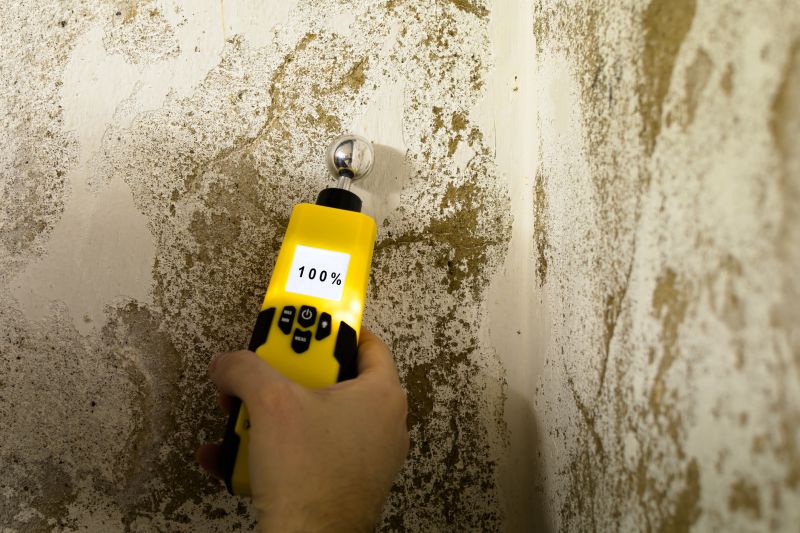
Evaluating moisture levels after flooding or leaks.
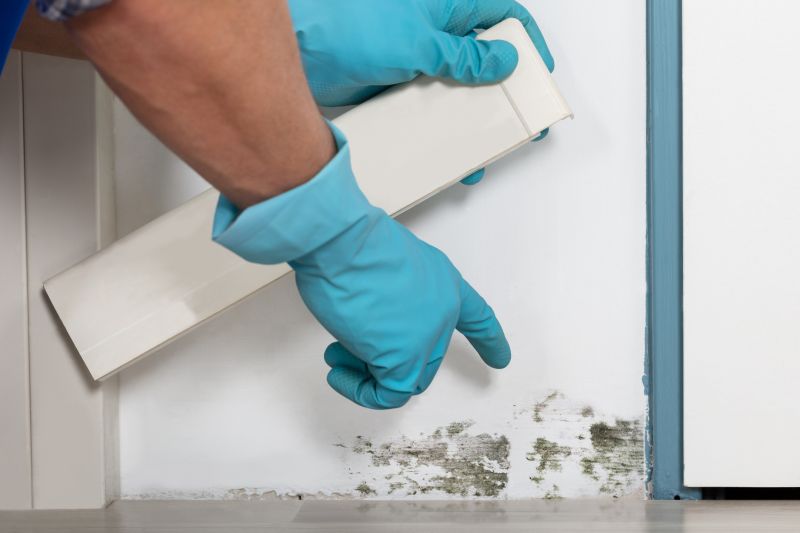
Ways to make Mold Assessments work in tight or awkward layouts.

Popular materials for Mold Assessments and why they hold up over time.
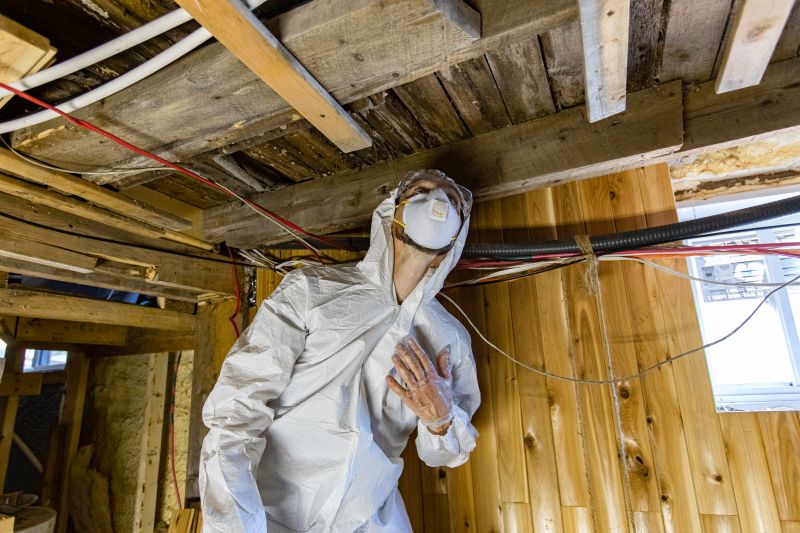
Simple add-ons that improve Mold Assessments without blowing the budget.
Mold assessments are critical for maintaining indoor air quality and preventing health issues associated with mold exposure. Mold can develop within 24-48 hours after water exposure, making prompt evaluation essential. Studies indicate that mold-related health complaints are common in homes with undetected mold growth, underscoring the importance of timely assessments.
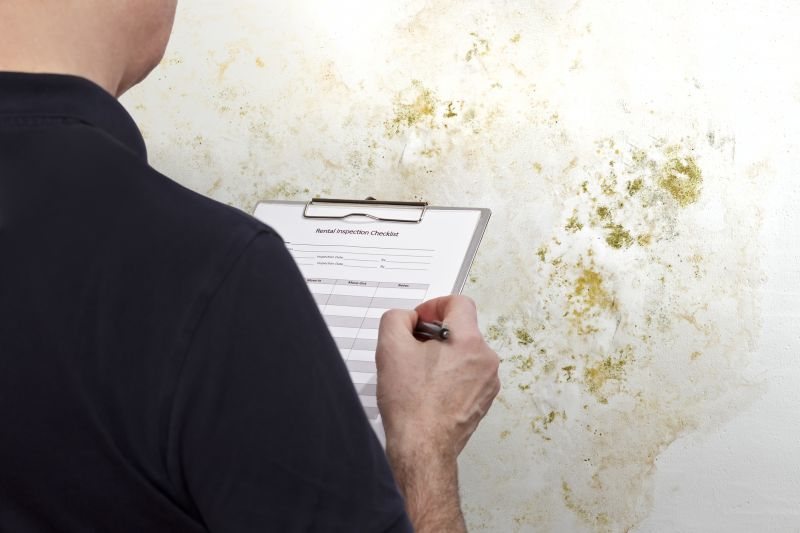
Inspecting for mold in basements and bathrooms.
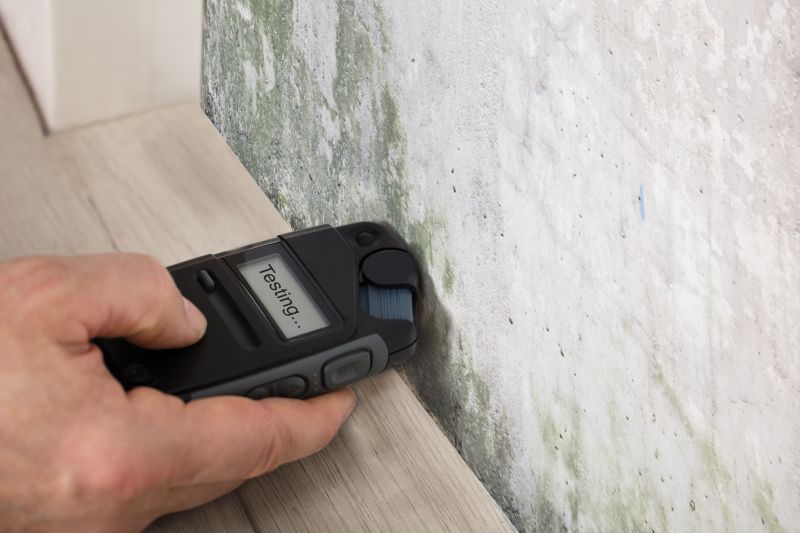
Using tools to detect hidden moisture sources.
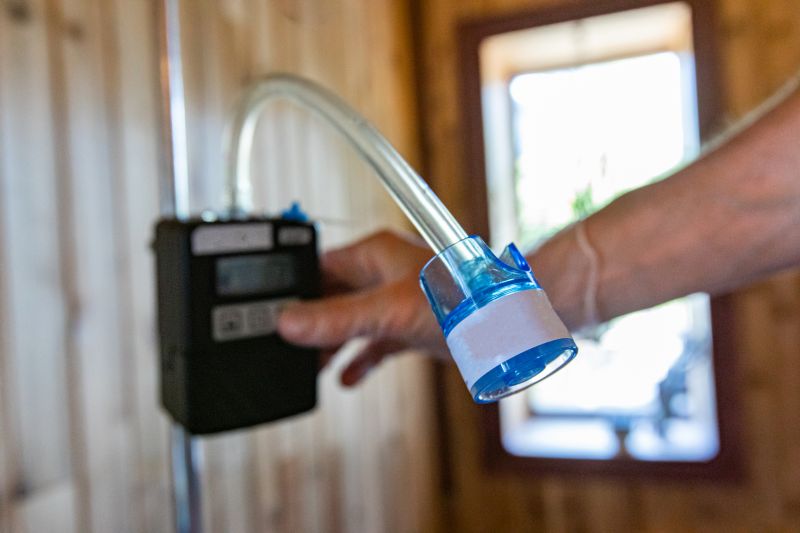
Samples collected for laboratory analysis.
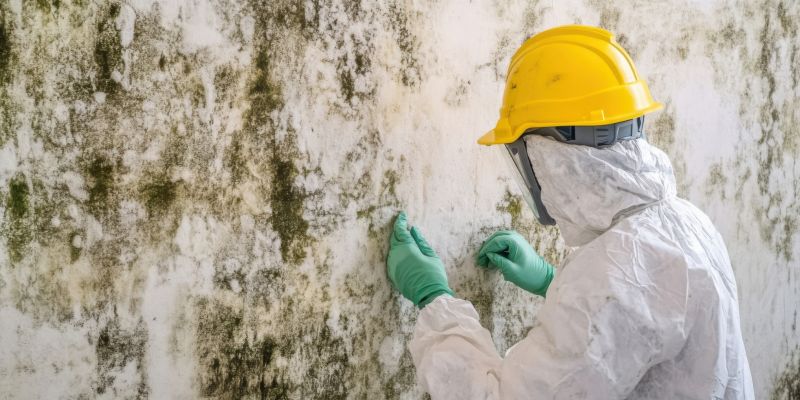
Assessments inform effective mold removal strategies.

High-end options that actually feel worth it for Mold Assessments.

Finishes and colors that play nicely with Mold Assessments.

Little measurements that prevent headaches on Mold Assessments day.
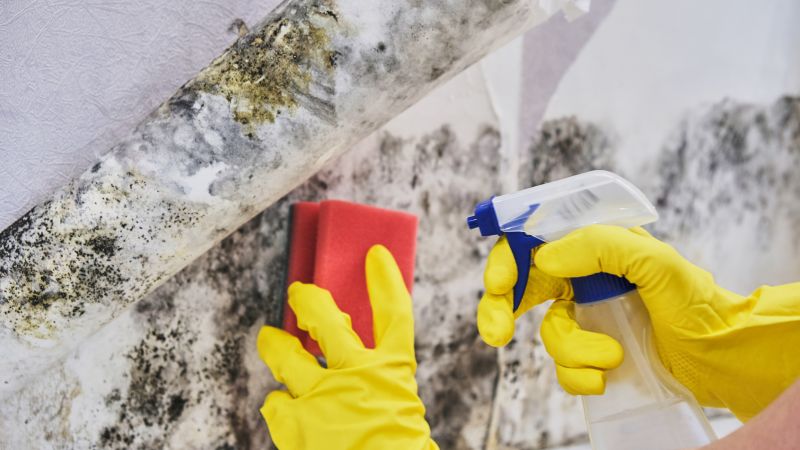
A 60-second routine that keeps Mold Assessments looking new.
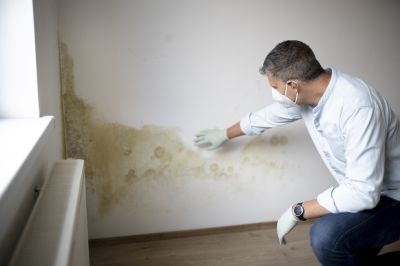
A frequent mistake in Mold Assessments and how to dodge it.
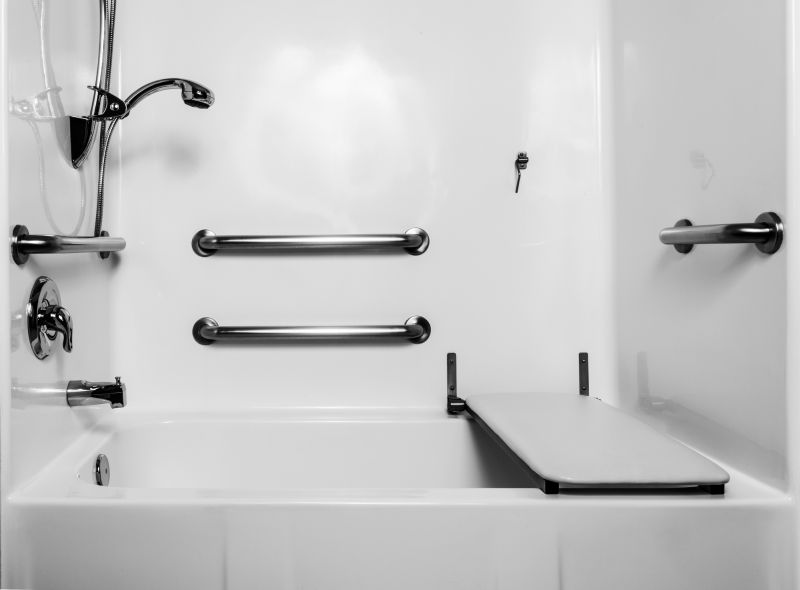
Small tweaks to make Mold Assessments safer and easier to use.

Lower-waste or water-saving choices for Mold Assessments.
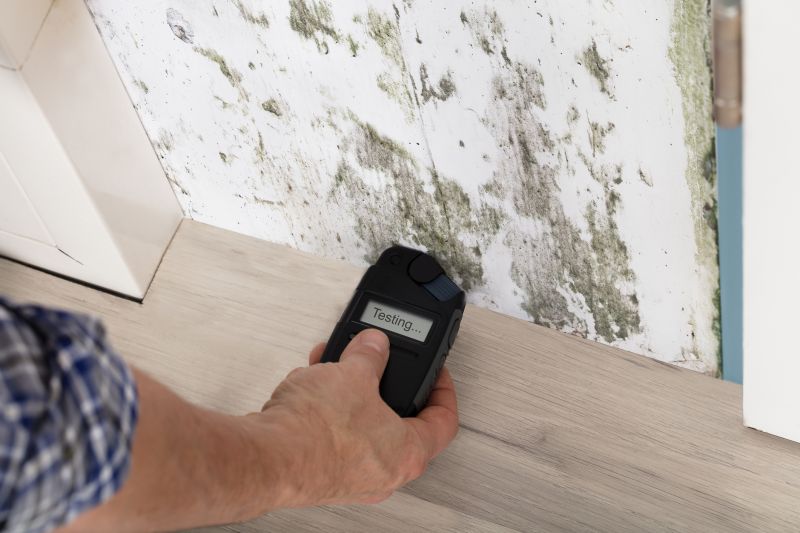
The short, realistic tool list for quality Mold Assessments.
| Timing Consideration | Impact on Mold Detection |
|---|---|
| High Humidity Seasons | Increased mold growth risk, ideal for assessments. |
| Post-Water Incidents | Immediate assessment helps prevent mold proliferation. |
| Seasonal Transitions | Detects mold issues caused by weather changes. |
| Pre-Purchase Inspections | Ensures property is mold-free before transactions. |
| During Renovations | Identifies mold risks from construction moisture. |
| Dry Seasons | Less mold activity, but still important for baseline checks. |
| After Flooding | Critical to assess and address hidden mold sources. |
Regular mold assessments can identify early signs of mold growth, especially in areas prone to moisture accumulation. Early detection allows for prompt remediation, reducing potential health risks and property damage. Consulting with mold assessment professionals during key moisture-related periods ensures a comprehensive approach to indoor air quality management.
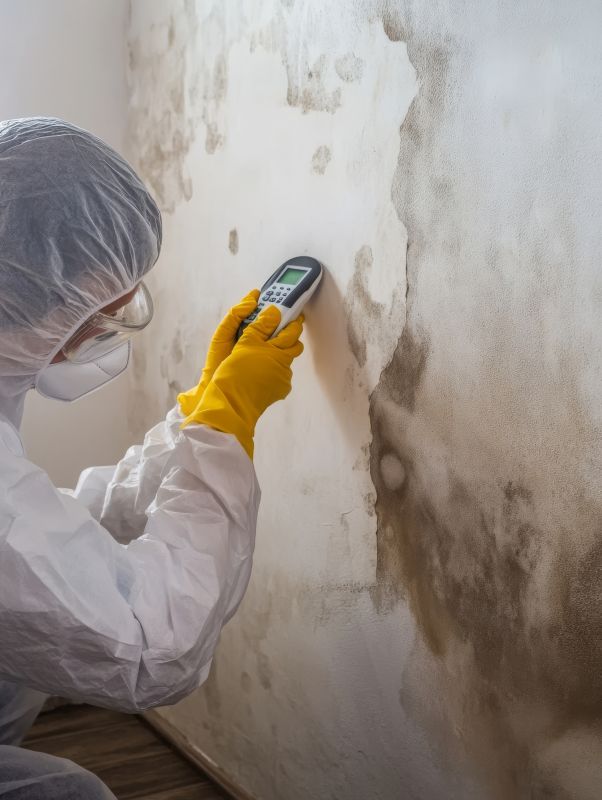
Technicians examine moisture-prone areas.
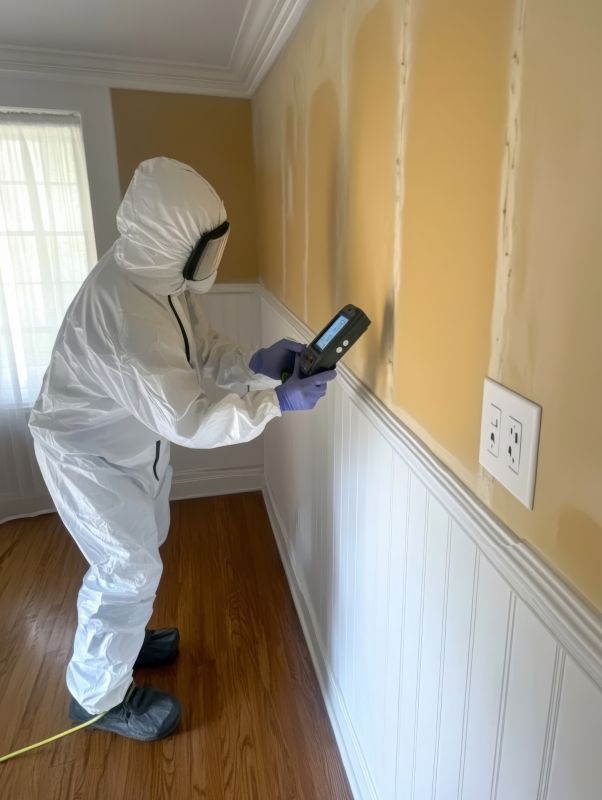
Laboratory analysis confirms mold presence.
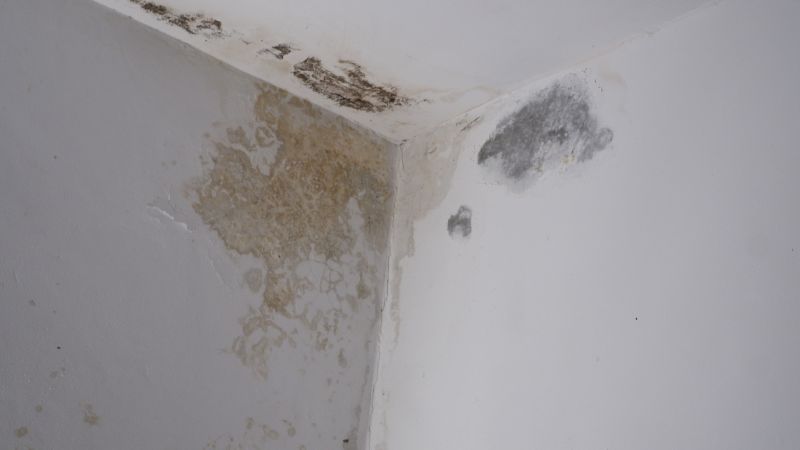
Pinpointing water intrusion points.
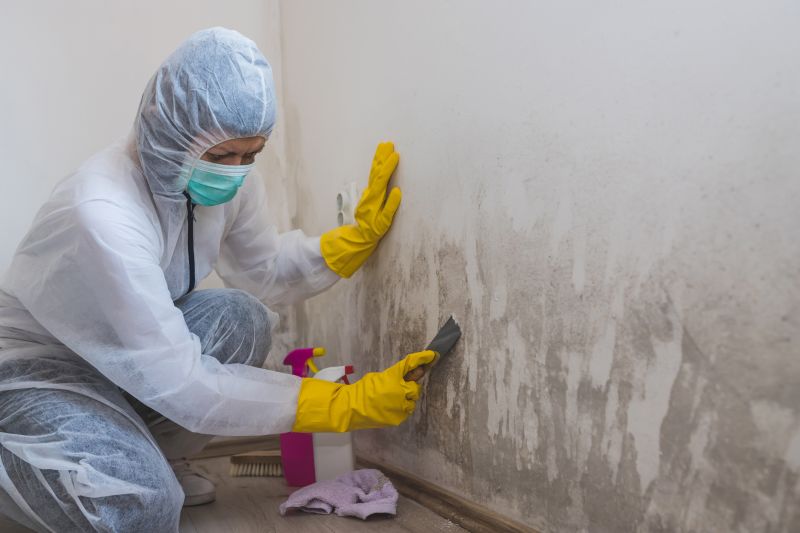
Guidance based on assessment findings.
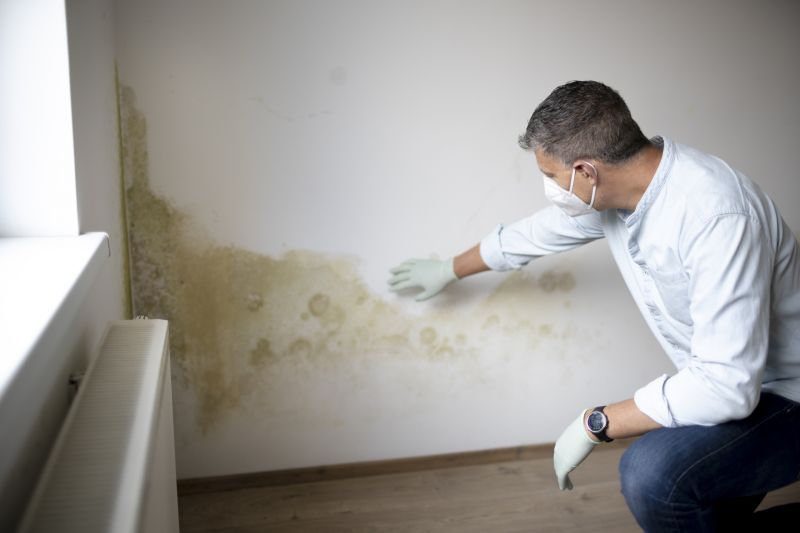
Rough timing from prep to clean-up for Mold Assessments.
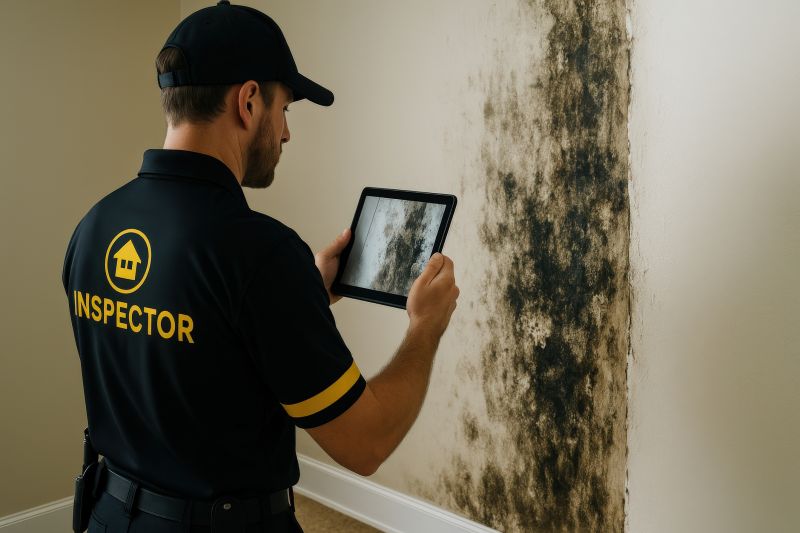
Quick checks and paperwork to keep after Mold Assessments.
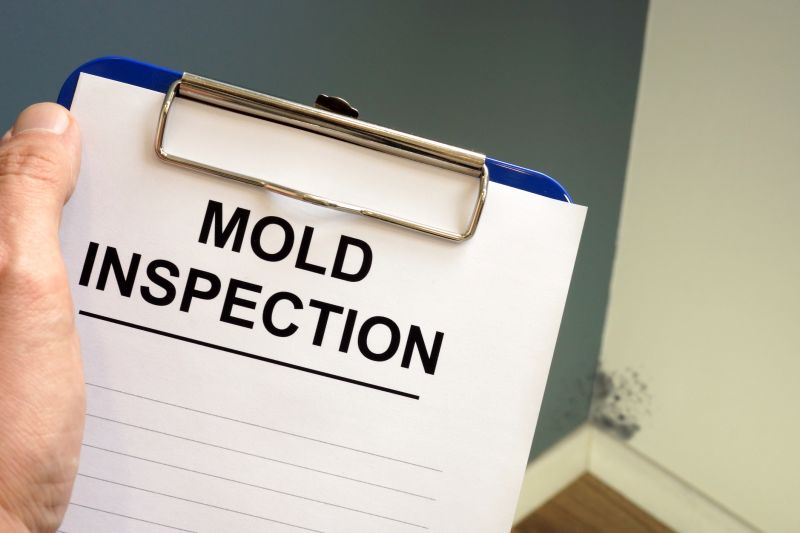
Examples that show the impact a good Mold Assessments can make.

Ways to make Mold Assessments work in tight or awkward layouts.
Interested in scheduling a mold assessment? Filling out the contact form provides an opportunity to evaluate indoor environments for potential mold issues. Early assessment can help maintain a healthy living or working space and prevent costly repairs.
